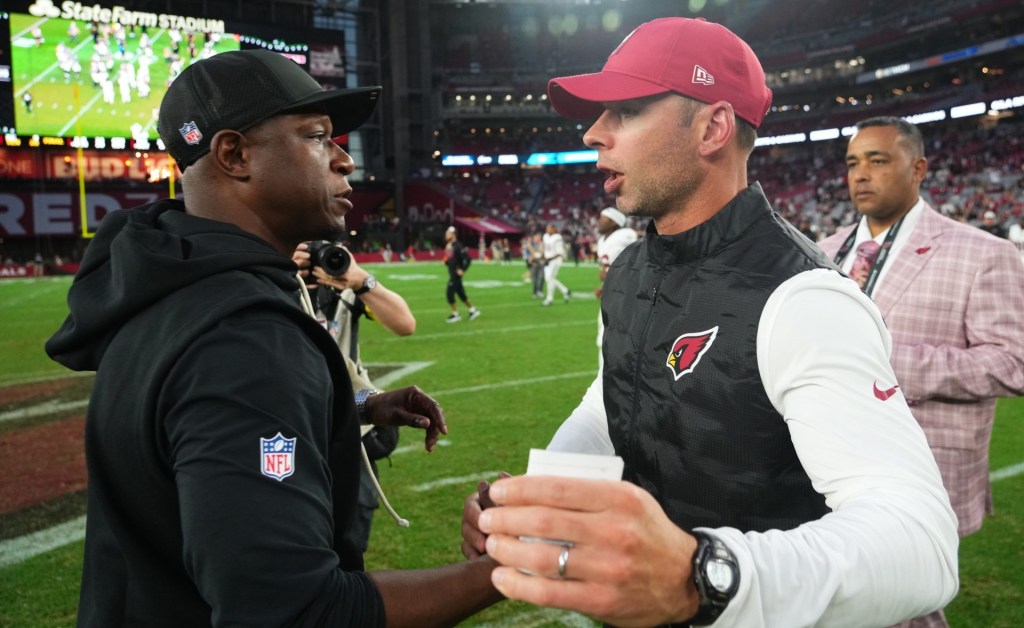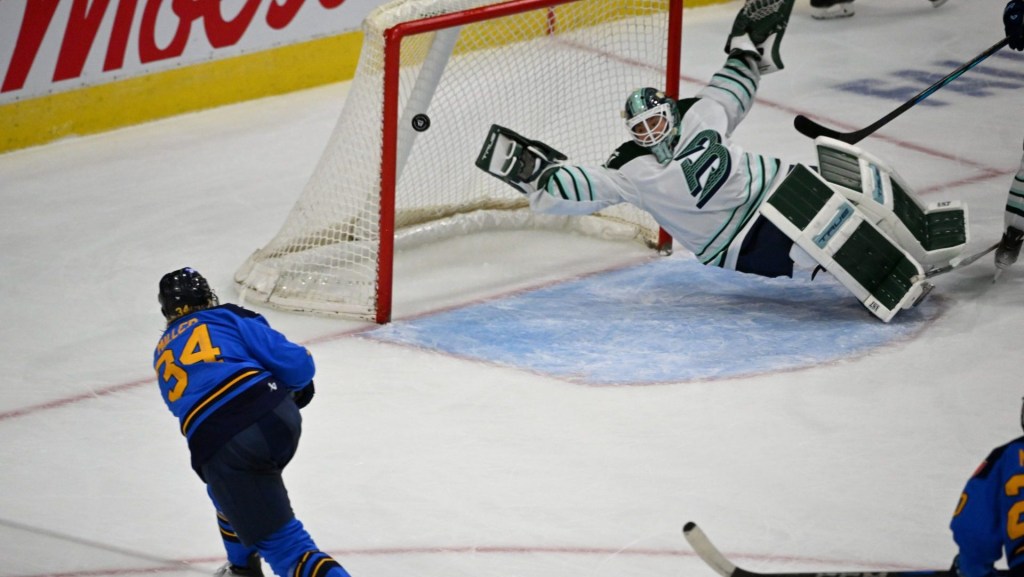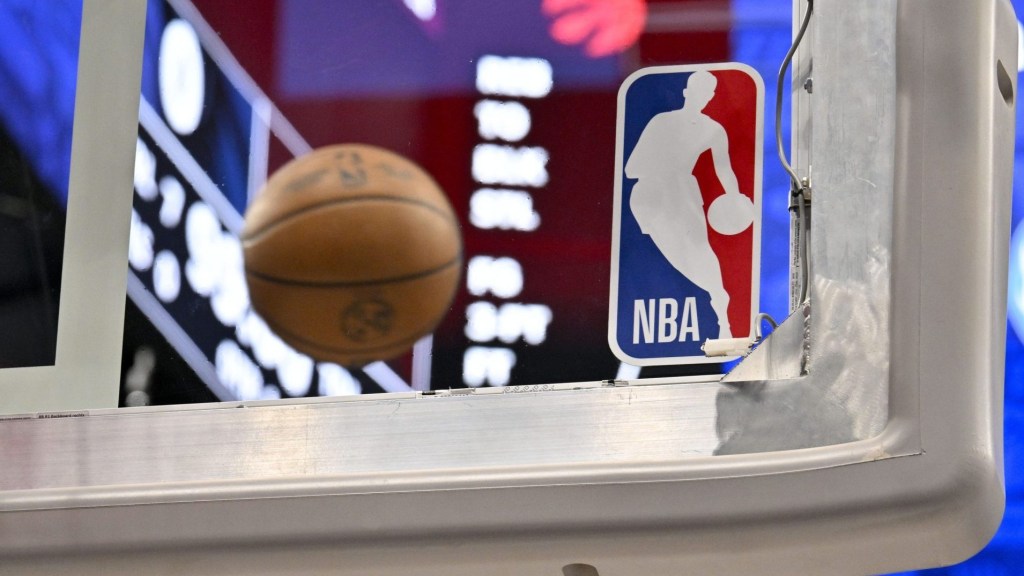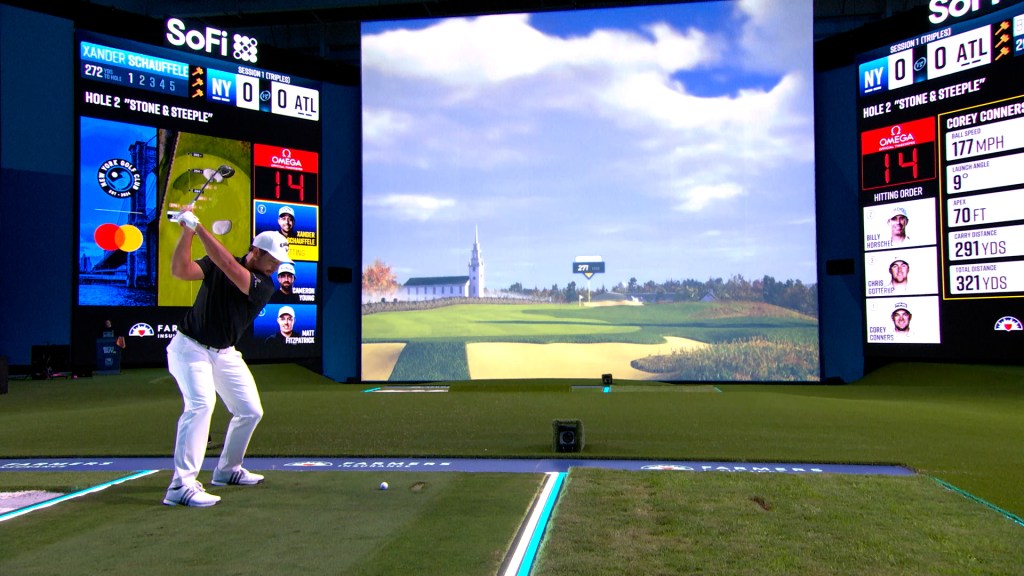There is now a roof on Arthur Ashe Stadium, the centerpiece venue for the US Open. But there is seemingly no ceiling on what is already the largest event in tennis.
The main draw for the sport’s final major of 2024 begins Monday, and the event is poised for across-the-board increases in key business metrics, even after posting record-setting results last year. The prize pool for the US Open this year is up by 15% from last year to $75 million, the largest sum for any individual event in tennis history, while the men’s and women’s champions will each receive $3.6 million, up by 20% from 2023.
Event organizers, meanwhile, are targeting one million in total attendance for the entire three-week run, including the US Open Fan Week that precedes the tournament. Such a figure would also be unprecedented in tennis history and, if achieved, would mark at least a 4.5% bump from last year’s record total of 957,837.
“[2023] was extraordinary for us. It was record-breaking in so many ways, in almost every possible regard,” said Lew Sherr, United States Tennis Association CEO and executive director. “We saw the highest number of fans on-site we had ever experienced. We saw the highest broadcast viewership. We saw the highest digital engagement. We are absolutely expecting that trend to continue.”
The US Open’s operating revenue figure of $514.1 million in 2023, which grew by 8.9% from the year before, is also set for further lift. The overall attendance trends, of course, are a key driver in that. But tournament organizers also saw earlier-than-ever sellouts for much of the US Open premium-level inventory such as suites. Overall hospitality sales for this year’s US Open are also up by 27% compared to last year, according to Elevate, which works with the USTA on this part of the tournament.
Event organizers are also seeing a growing link between the Fan Week—which includes tournament qualifying and practices, and a series of family events—and fans then returning for the main draw.
Built for This
The US Open is specifically designed to boost the accessibility of tennis to mass audiences, with a 23,859-seat Arthur Ashe Stadium, the sport’s largest facility, sitting at the center of an event that carries a rather different vibe than many other tournaments.
But there will be some notable tweaks this year to the US Open’s notoriously long-running night sessions—which have been a defining tournament feature since 1975 but have stretched to nearly 3 a.m. local time in recent years, frustrating players and fans alike. Now, if the second match of the night at Arthur Ashe Stadium or the last match at adjacent Louis Armstrong Stadium hasn’t started by 11:15 p.m., referees will have the ability to move those matches to another available court.
“That’s [still] going to depend on many variables, like do we have the broadcast team ready, do we have a ball crew, [and] so forth,” said Stacey Allaster, US Open tournament director. “But we’re defining that it’s a possibility.”

















